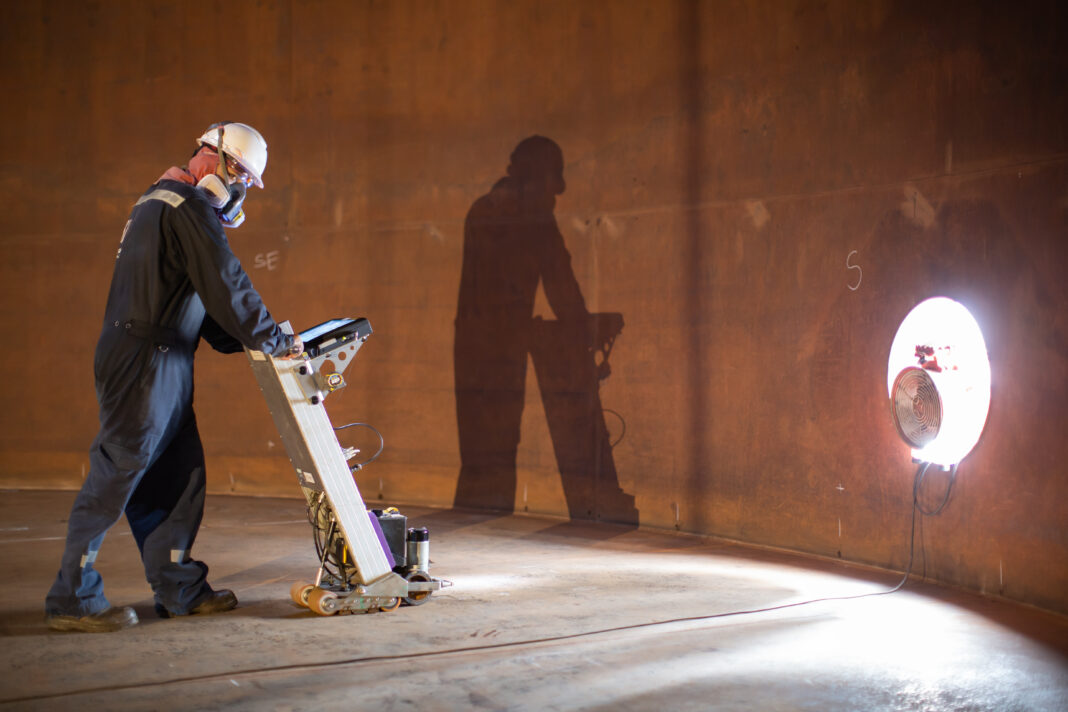Proper maintenance of your oil tank is critical, as it serves your home or business. Over time, they can deteriorate due to environmental factors, wear, or improper maintenance. It will ultimately lead to leaks, contamination, or even system failure. If left unnoticed, these issues can result in operational inefficiencies, costly repairs, and penalties.
Opting for tank inspection services can help you avoid these issues. Professionals are trained to inspect tanks and identify minor problems that can lead to big issues over time. Now, the main concern is what exactly happens during these inspections. Don’t worry! We will guide you about it.
What Happens During Professional Tank Inspection?
Initial Assessment
Before conducting any technical testing, professionals begin with a visual inspection of the oil tank. They also inspect the surroundings to check the factors that can damage the tank. During this visual inspection, they look for signs of rust, corrosion, or physical damage.
This step is crucial because visible damage may indicate internal issues. If left unnoticed, these issues can affect the tank’s structural integrity. A critical part of this process is inspecting the area around the tank for oil spills or staining. It could be a sign of leakage.
Checking the Tank’s Age
After visual inspection, professionals verify the age of the tank. Older tanks are more prone to damage and may need to be replaced. Many oil tanks have a lifespan of around 15-20 years. This can vary depending on the material or build of the tank. If the tank is nearing the end of its life, professionals may recommend replacement to avoid future problems.
Inspection of Tank Connections
The oil tank’s pipes, valves, and connections are critical components for its operation. Professionals examine them to ensure there are no leaks or cracks that could compromise the tank’s functionality. They inspect feeding lines for tanks connected to heating systems. Apart from that, they inspect filters for clogs or damage, which could affect the overall efficiency of the system.
Testing for Corrosion and Rust
Corrosion is one of the most significant threats to oil tanks, especially for older or outdoor tanks exposed to the elements. Professionals use specialised tools such as ultrasonic thickness gauges to measure the thickness of the tank walls and detect internal corrosion. If the tank shows early signs of corrosion, they also apply a rust inhibitor or recommend specific protective coatings. If left untreated, it can lead to tank failure, environmental contamination, and costly repairs or replacements.
Assessing the Tank’s Foundation and Supports
A proper foundation is critical for the longevity and safety of the tank. Professionals inspect the tank’s foundation and support system to ensure it is stable. They also check its capability of holding the weight of the tank when filled. They check for signs of shifting or cracks in the concrete base that could indicate potential structural issues. Poor foundation support can lead to tilting. If left unchecked, it may stress the tank and its connections, increasing the risk of leaks.
Testing for Water Contamination
Water contamination is a common issue with oil tanks. It happens more often when they are installed outdoors. Condensation can form inside the tank or water can seep in through faulty seals or damaged walls. This water mixes with the oil, leading to contamination, bacterial growth, and system malfunctions.
Professionals pay special attention to this while inspecting your tank. They use water-finding paste or electronic sensors to detect the presence of water in the tank. If water is found, they recommend immediate removal using specialised equipment. They also suggest adding a water-separating filter to the tank system to prevent future contamination.
Internal Inspection
In some industrial settings, tanks are installed above ground or in hard-to-reach places. In such cases, inspectors use specialised camera systems for internal inspection of tanks. This approach is highly efficient as it allows them to inspect the tank without needing to open or dismantle it.
These cameras can detect sludge buildup, cracks, or corrosion that may not be visible from the outside. Internal tank inspections are particularly useful in identifying potential issues that could lead to leaks or system inefficiencies.
Inspecting for Safety Compliance
Throughout the inspection process, professionals ensure that the tank complies with safety regulations and industry standards. It ensures that the tank’s labelling, safety features, and installation practices meet the required codes. They also check for any recent updates to local laws that might affect the tank’s compliance with safety regulations.
Takeaway
Routine inspections play a crucial role in ensuring safety and avoiding disruptions at your workplace. You should contact a reliable company, such as Network Environmental UK for oil tank inspection. It’s a registered company with skilled and trained professionals to inspect your tank. They have advanced equipment to perform all tests and evaluate the condition of tanks.


